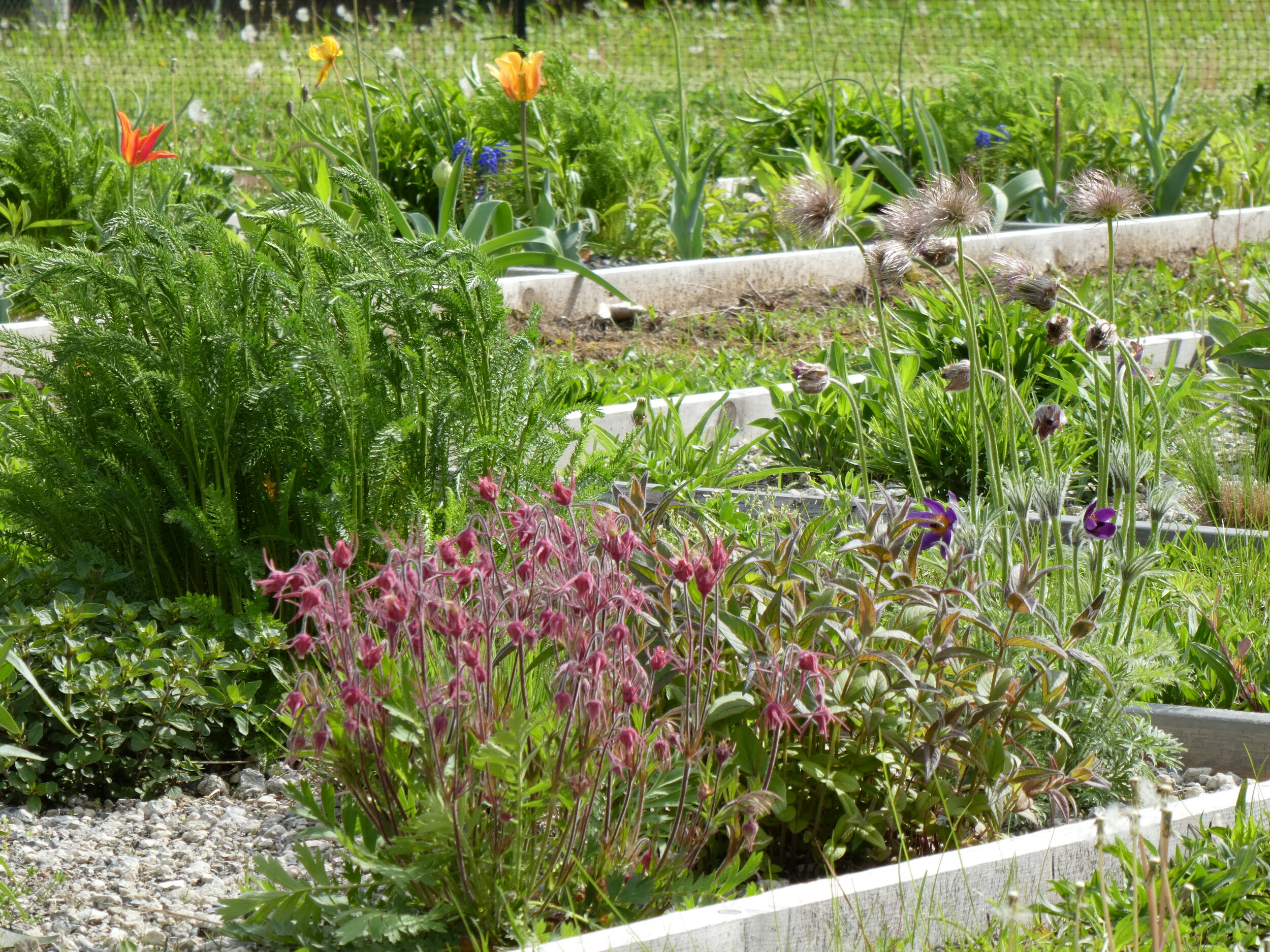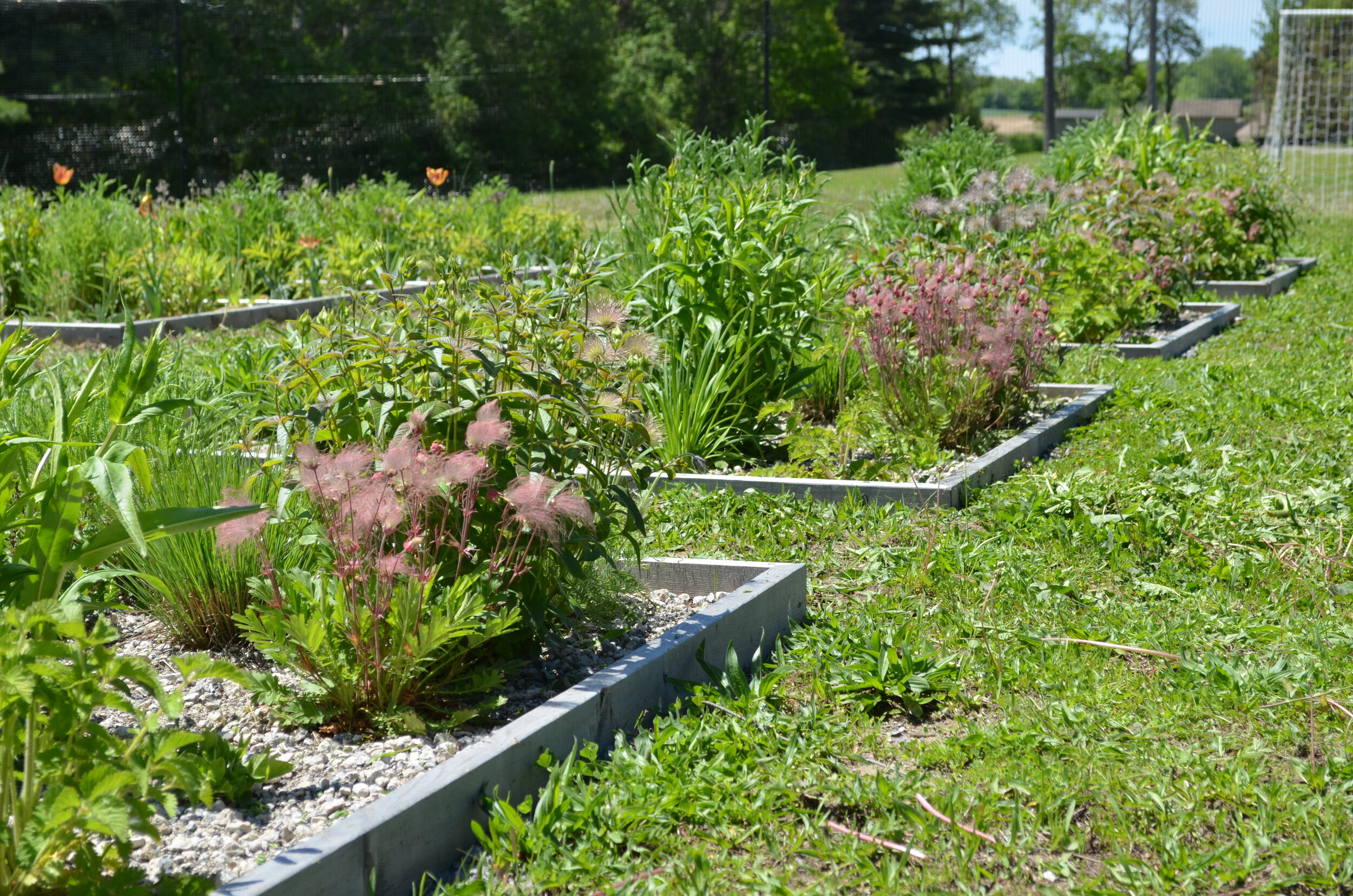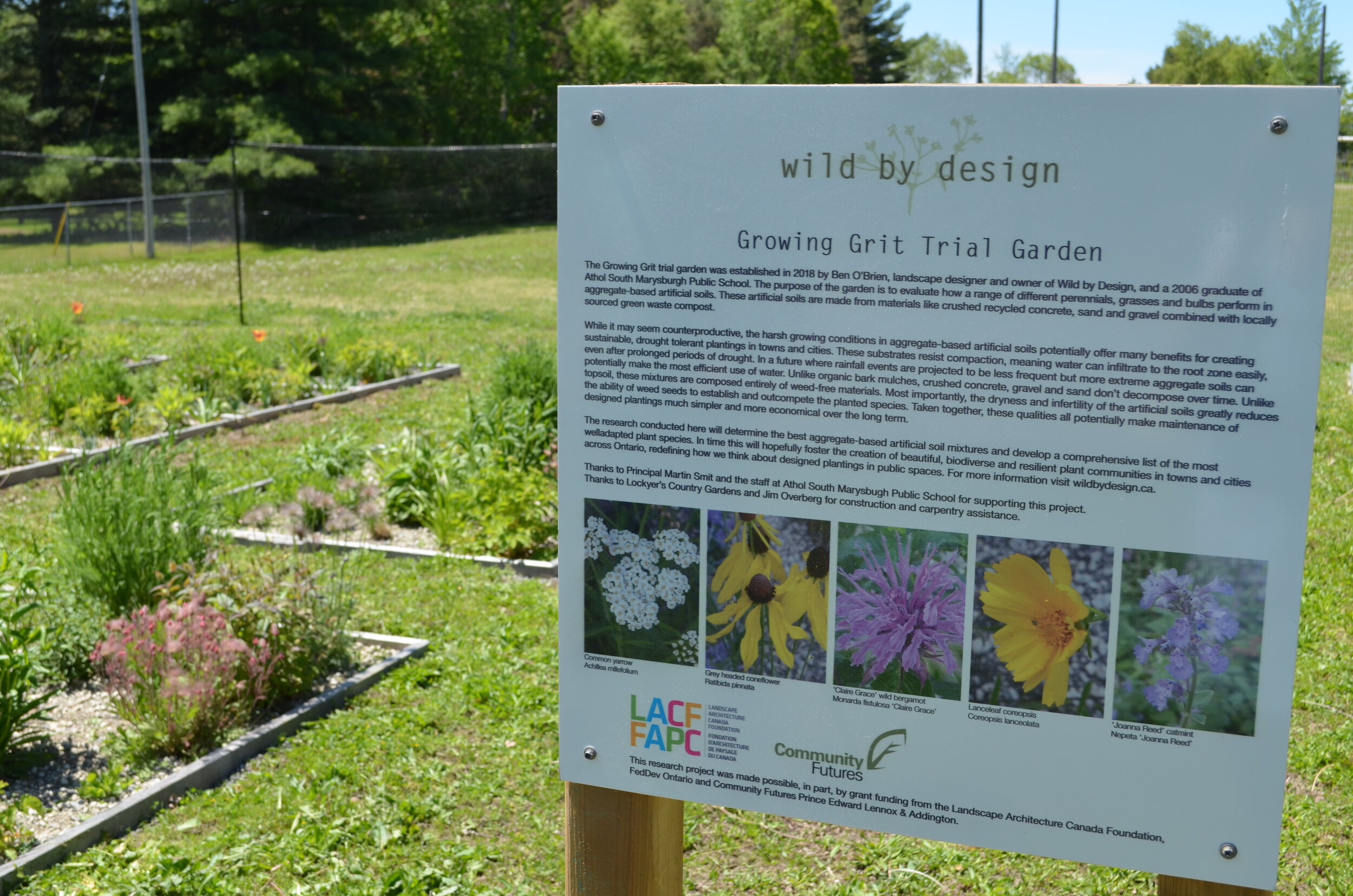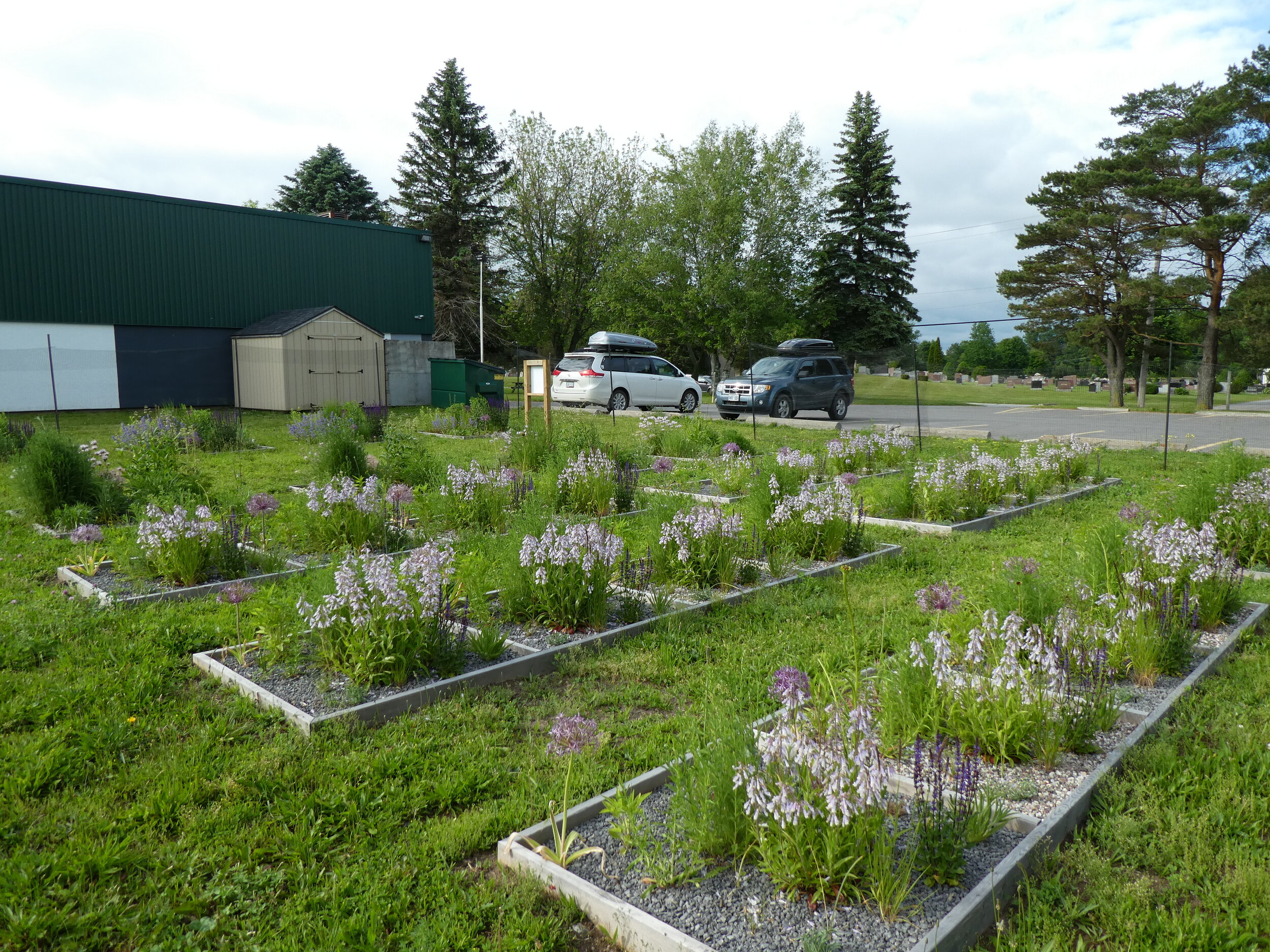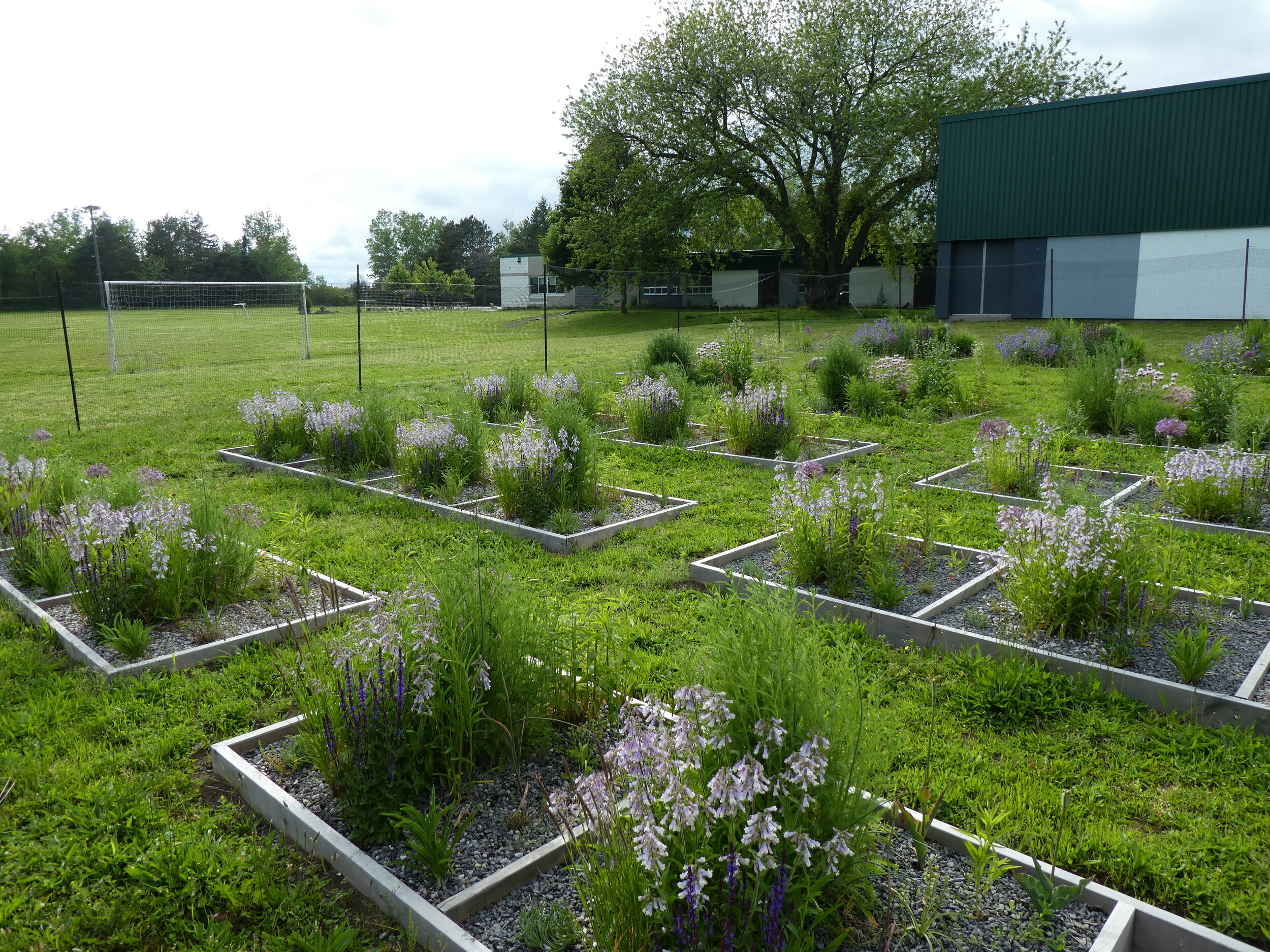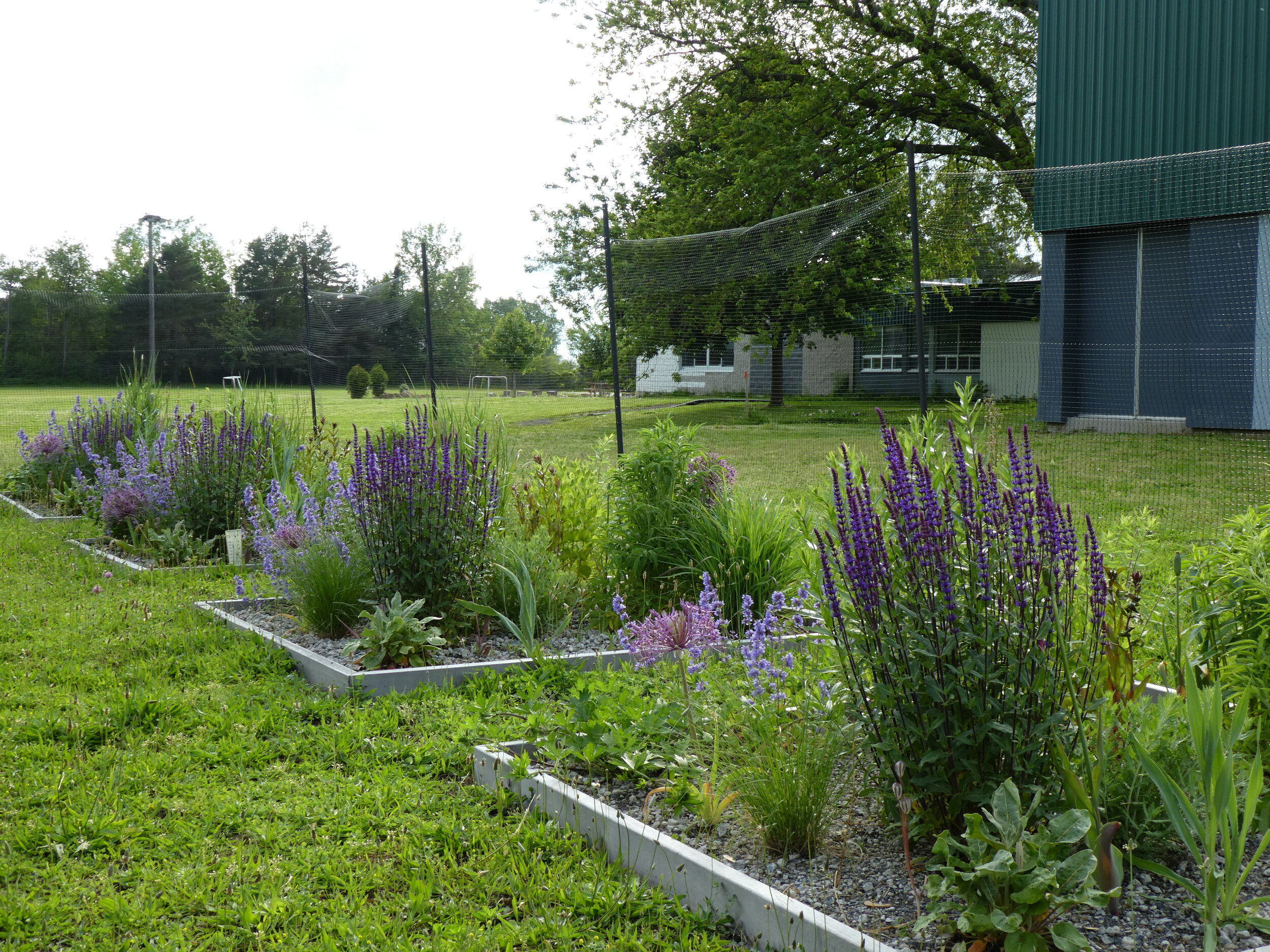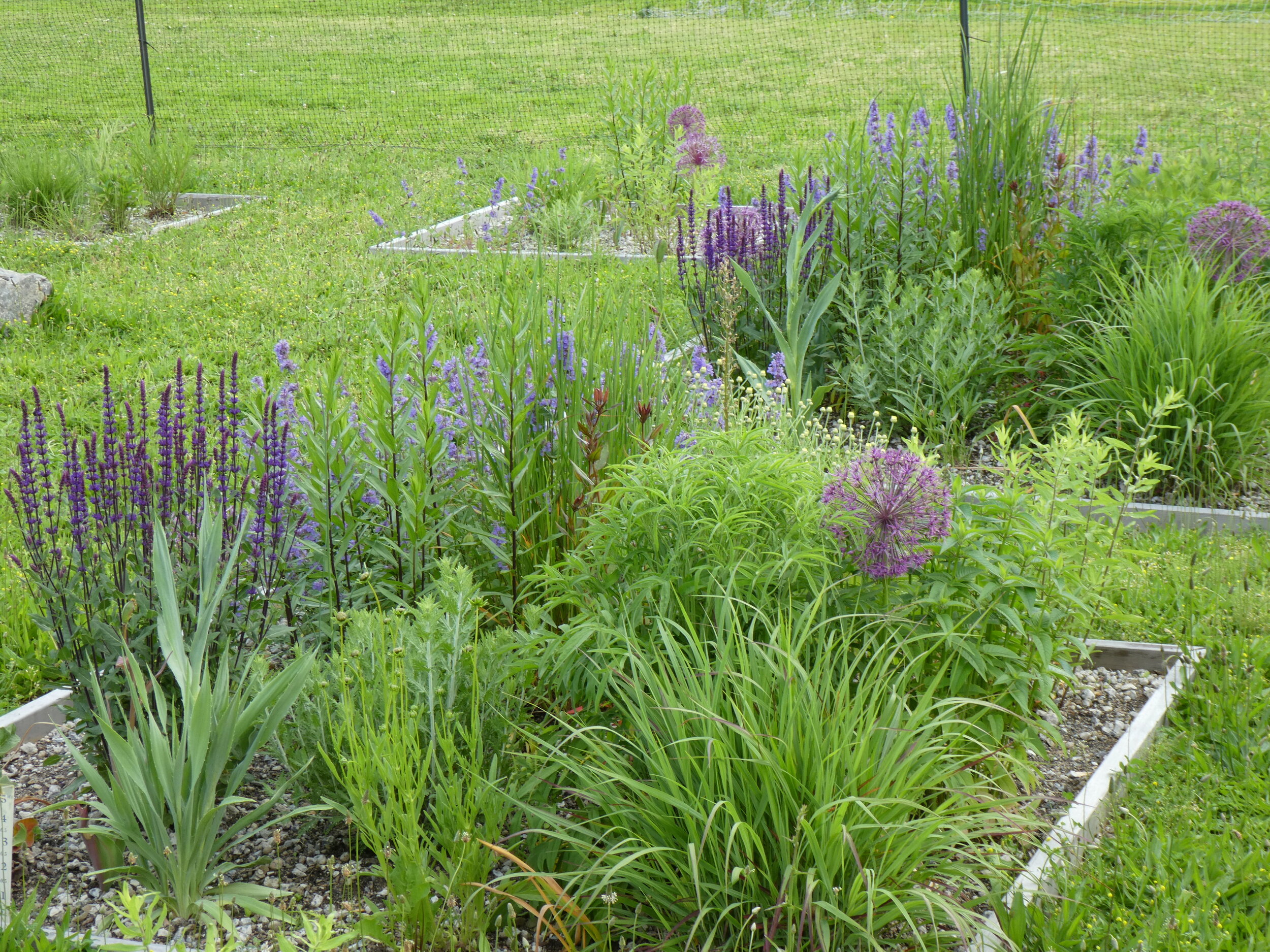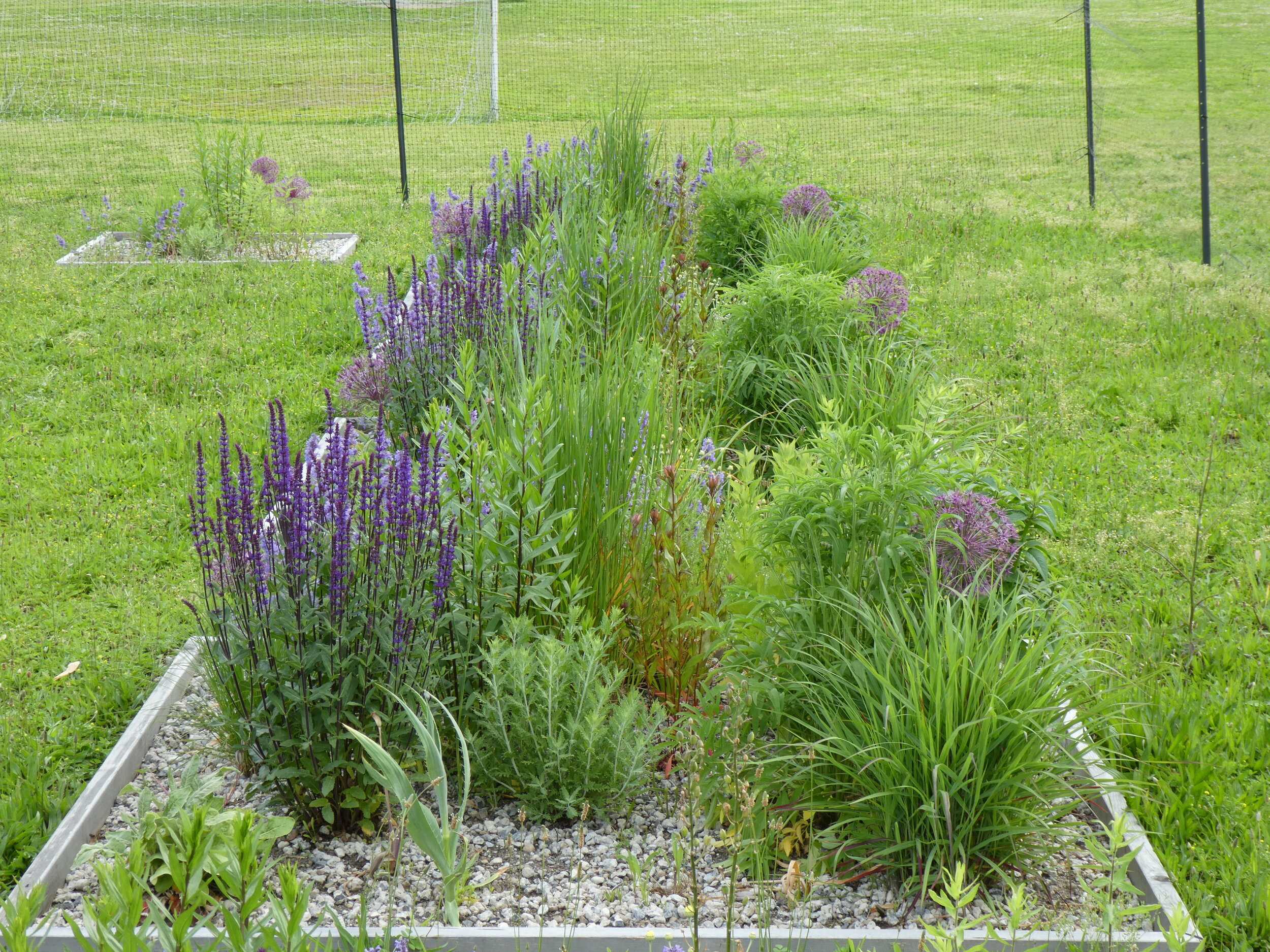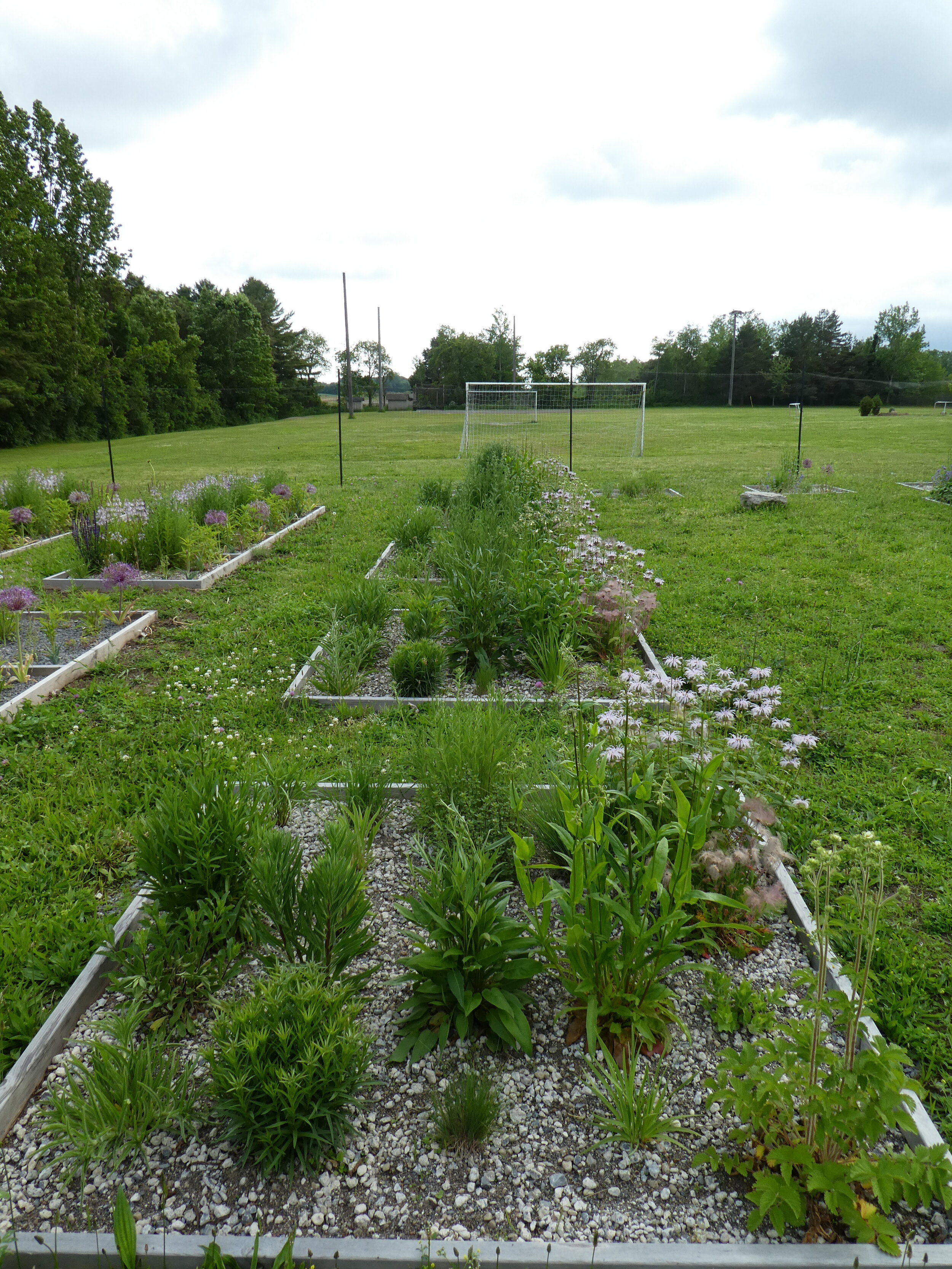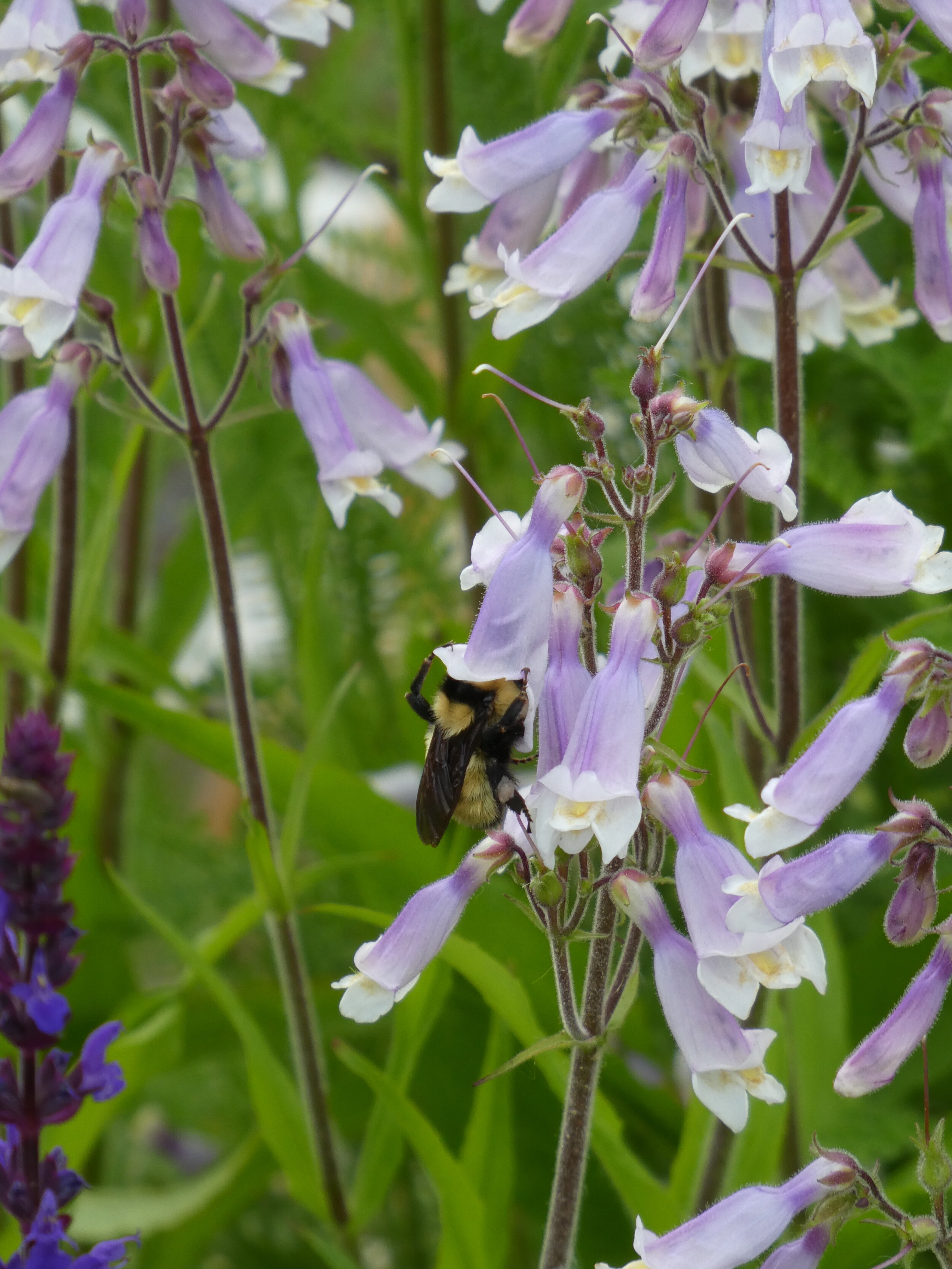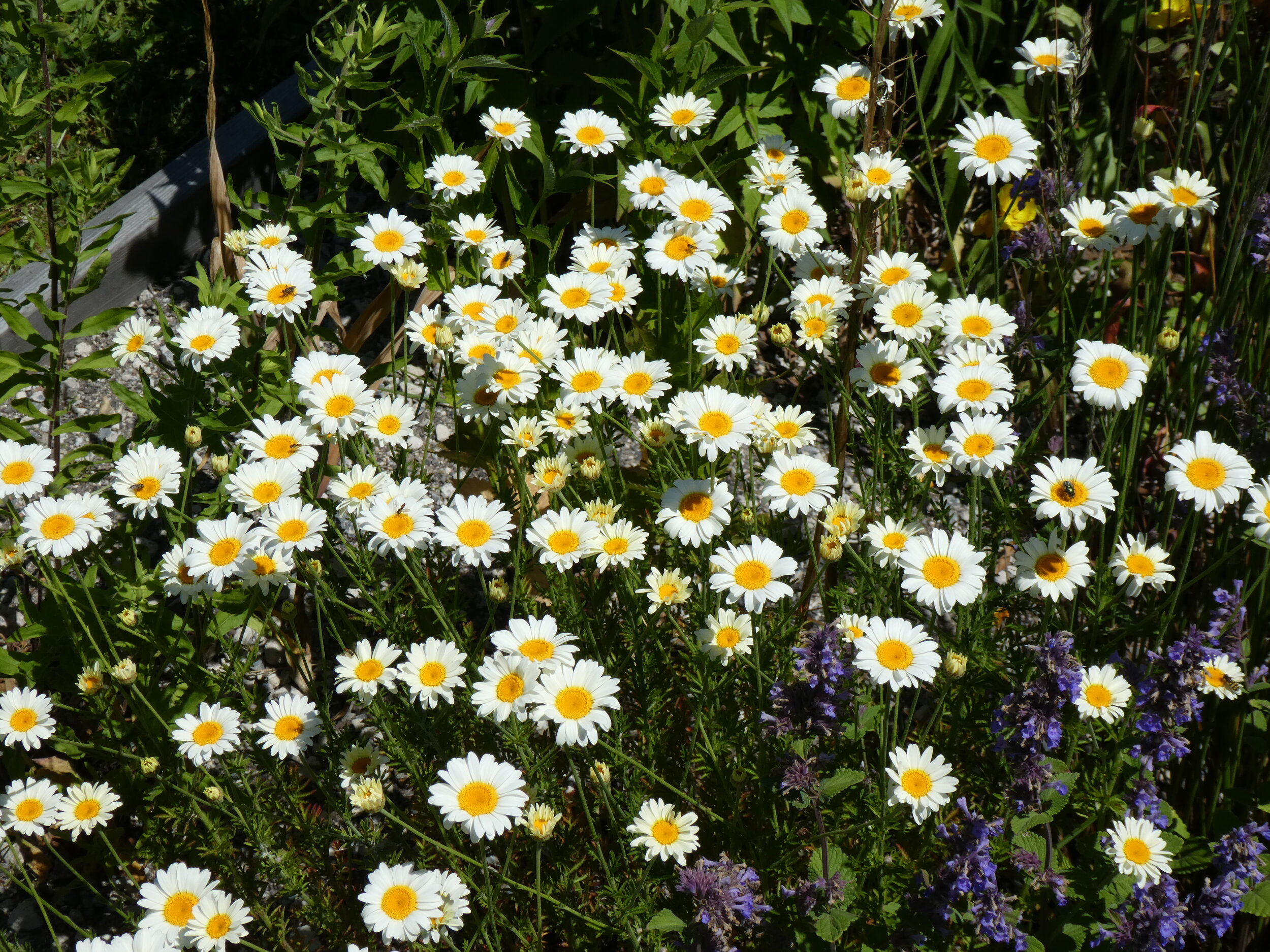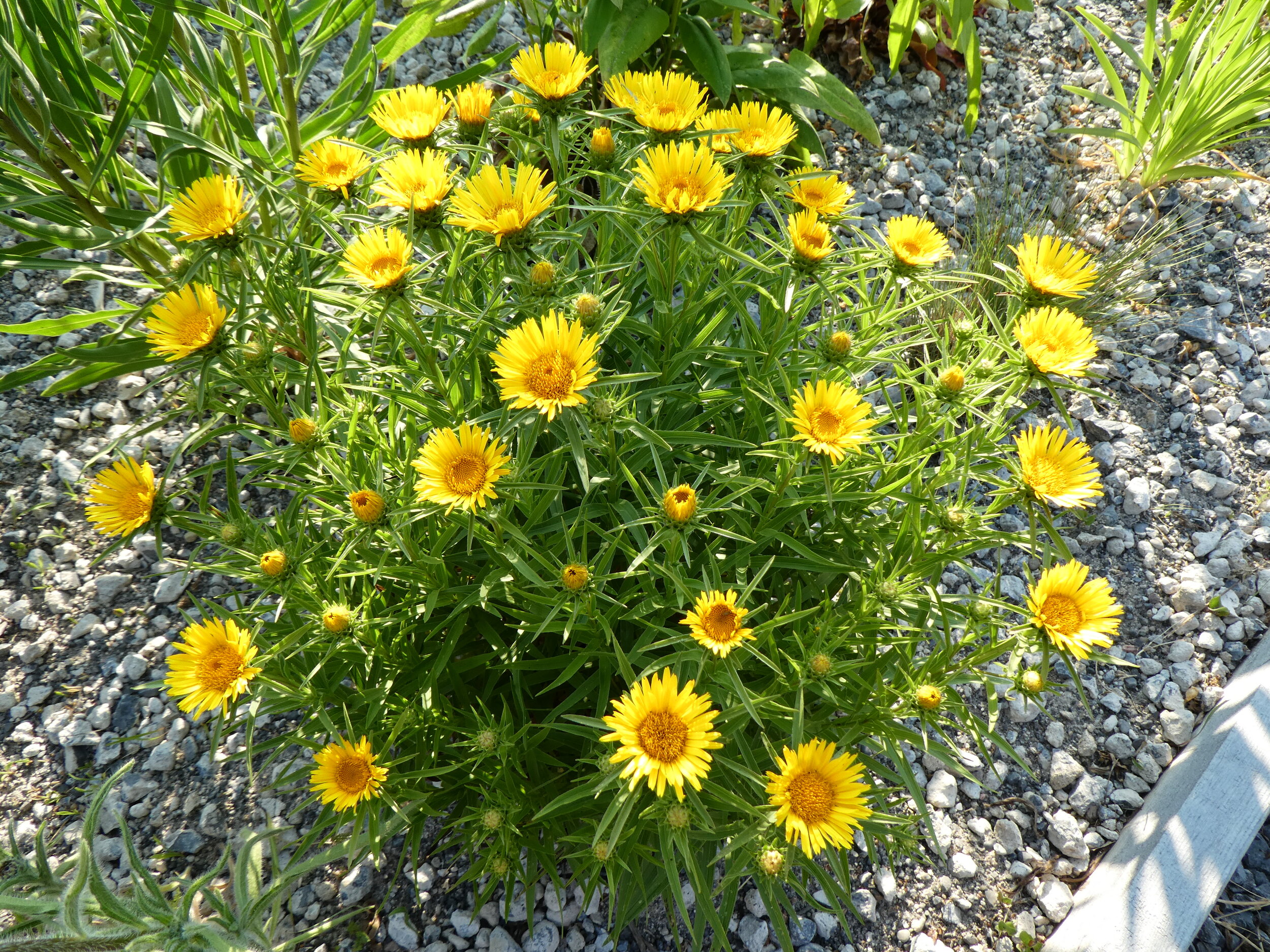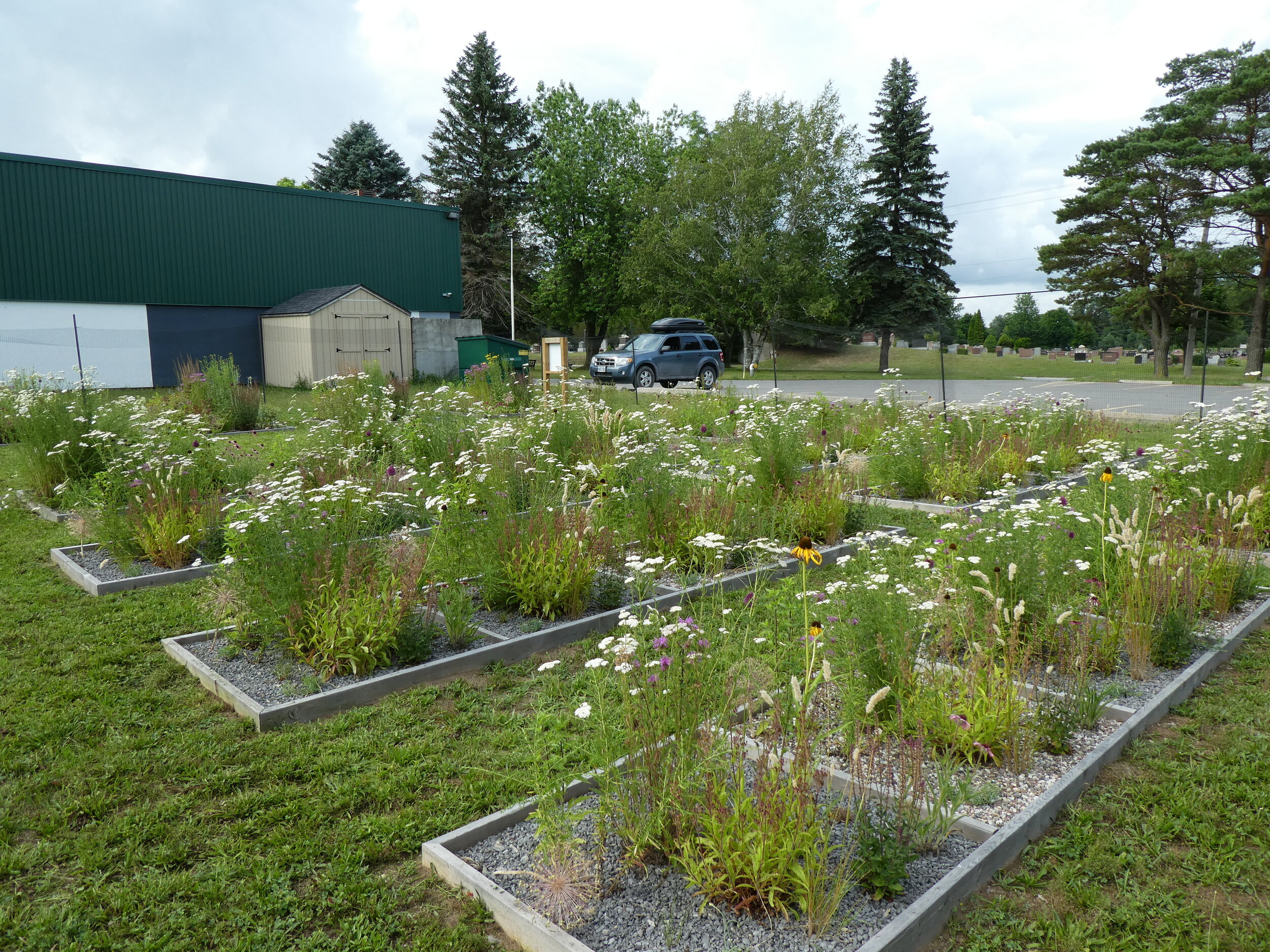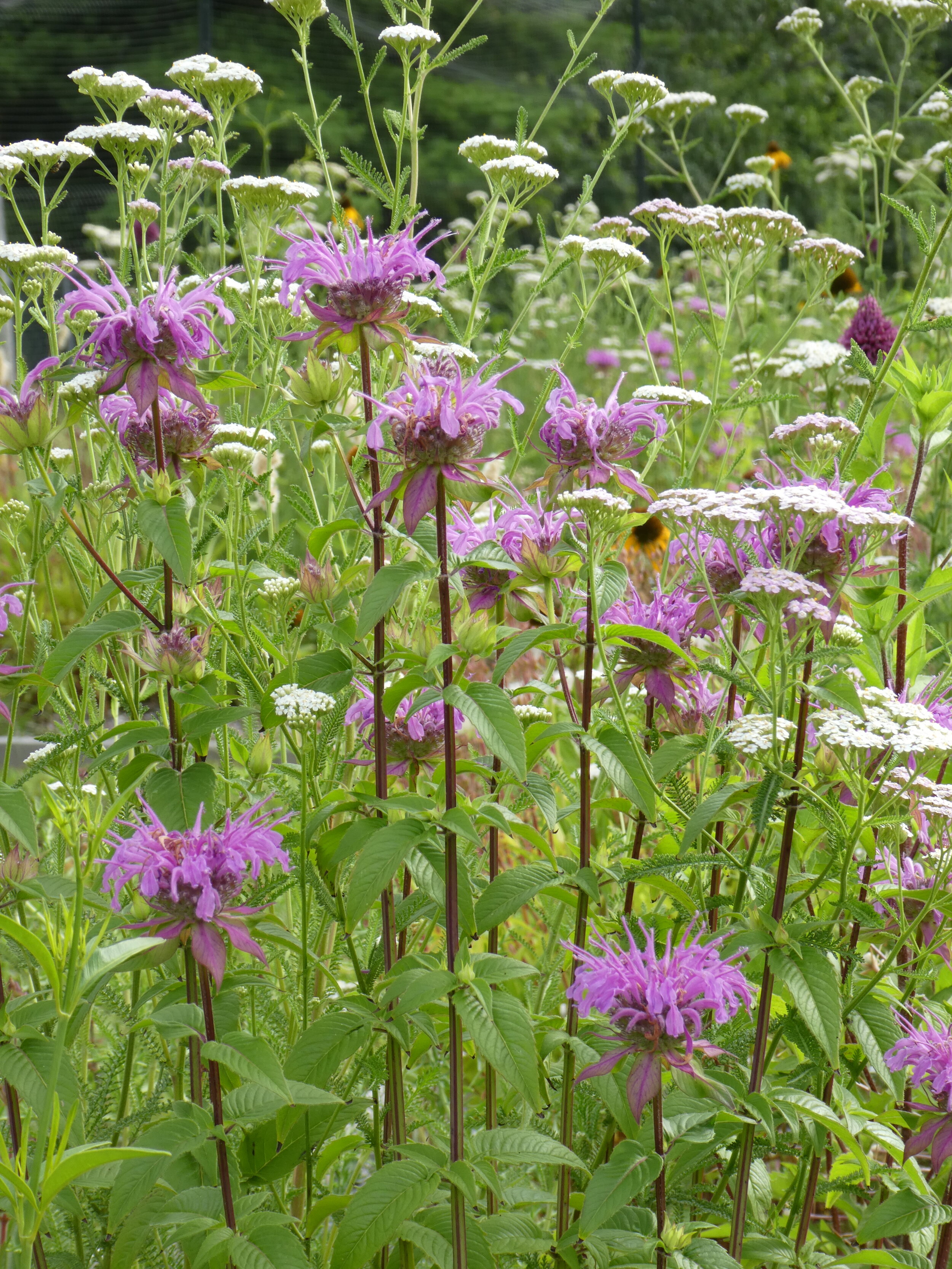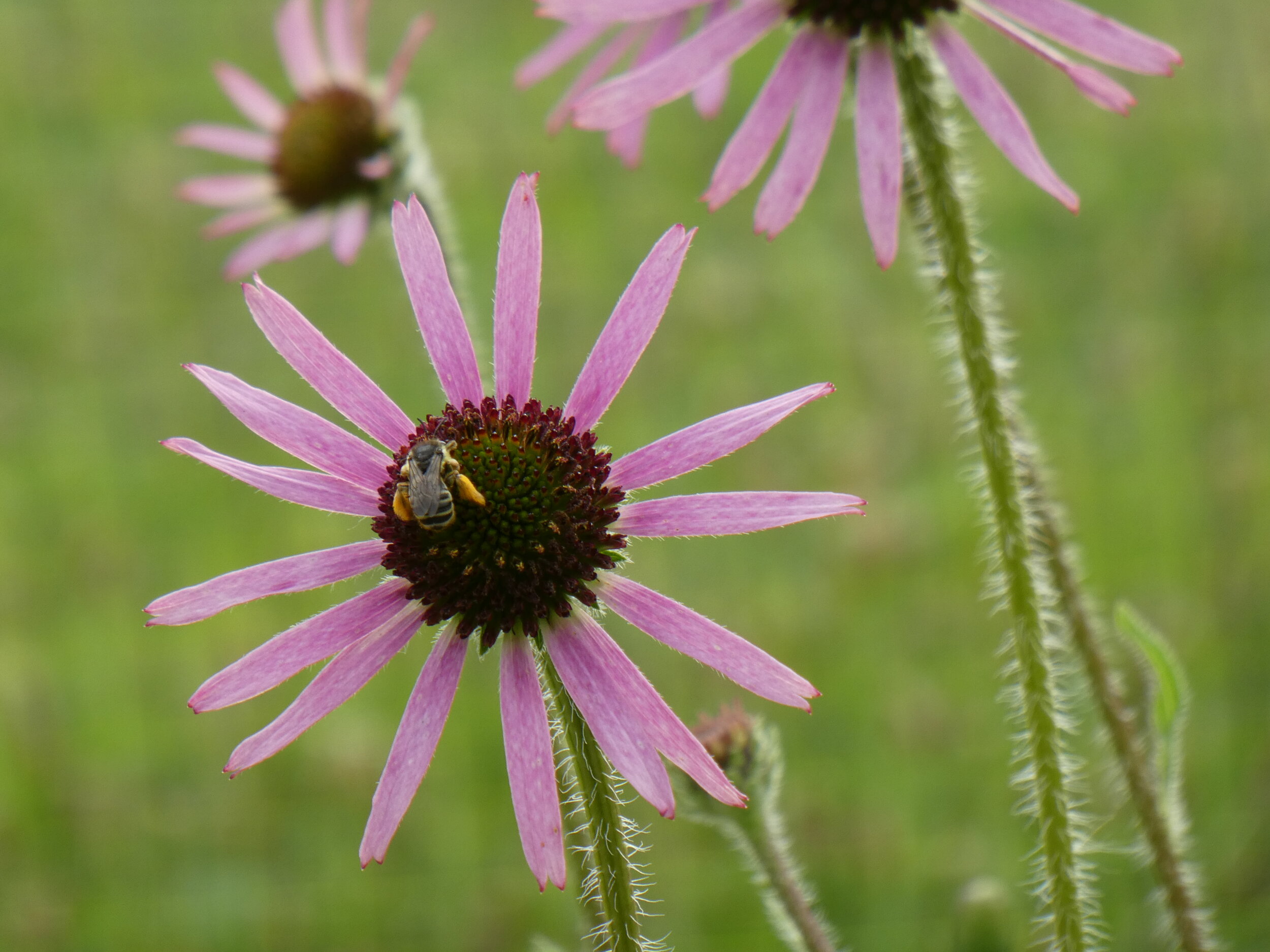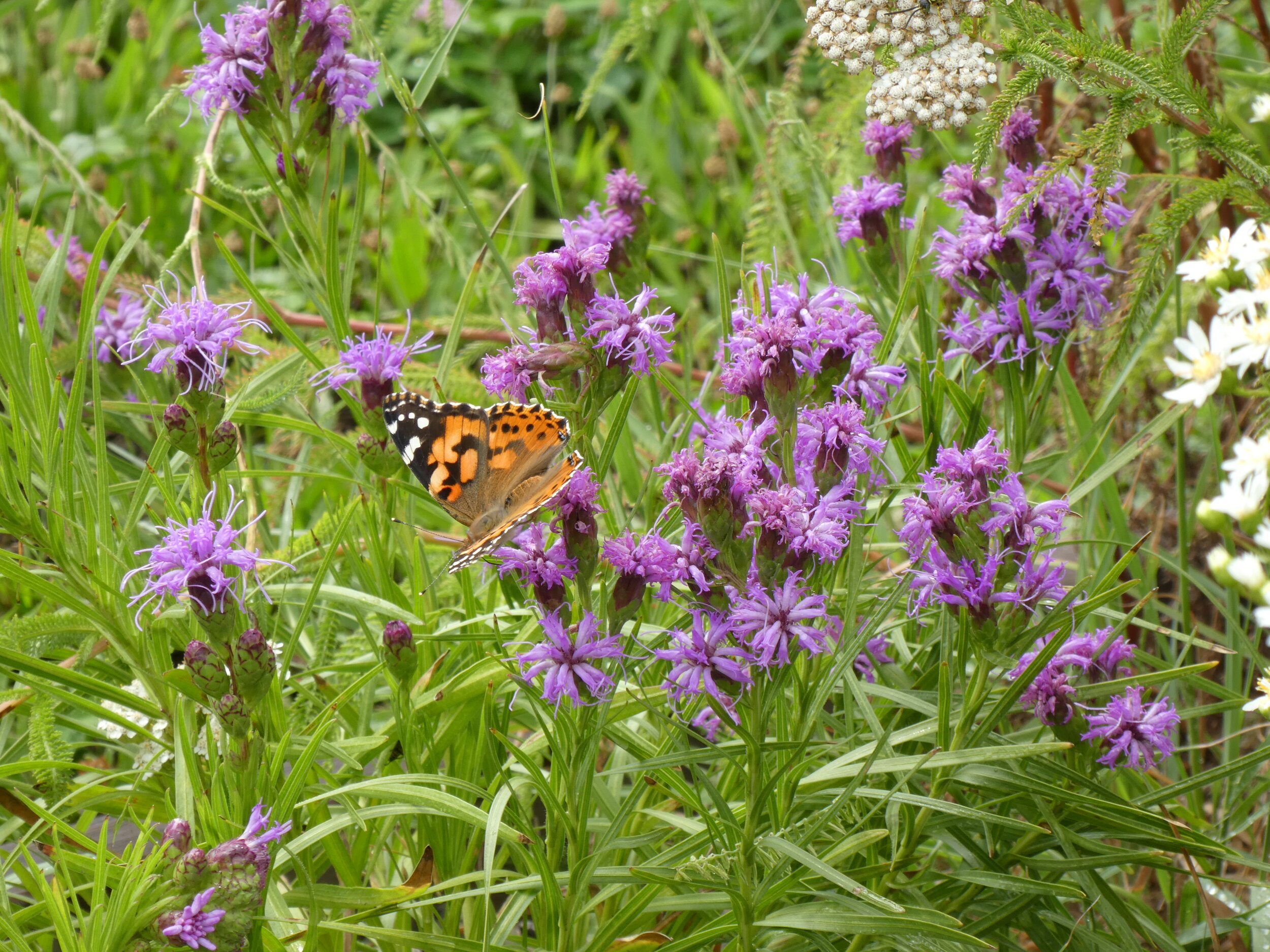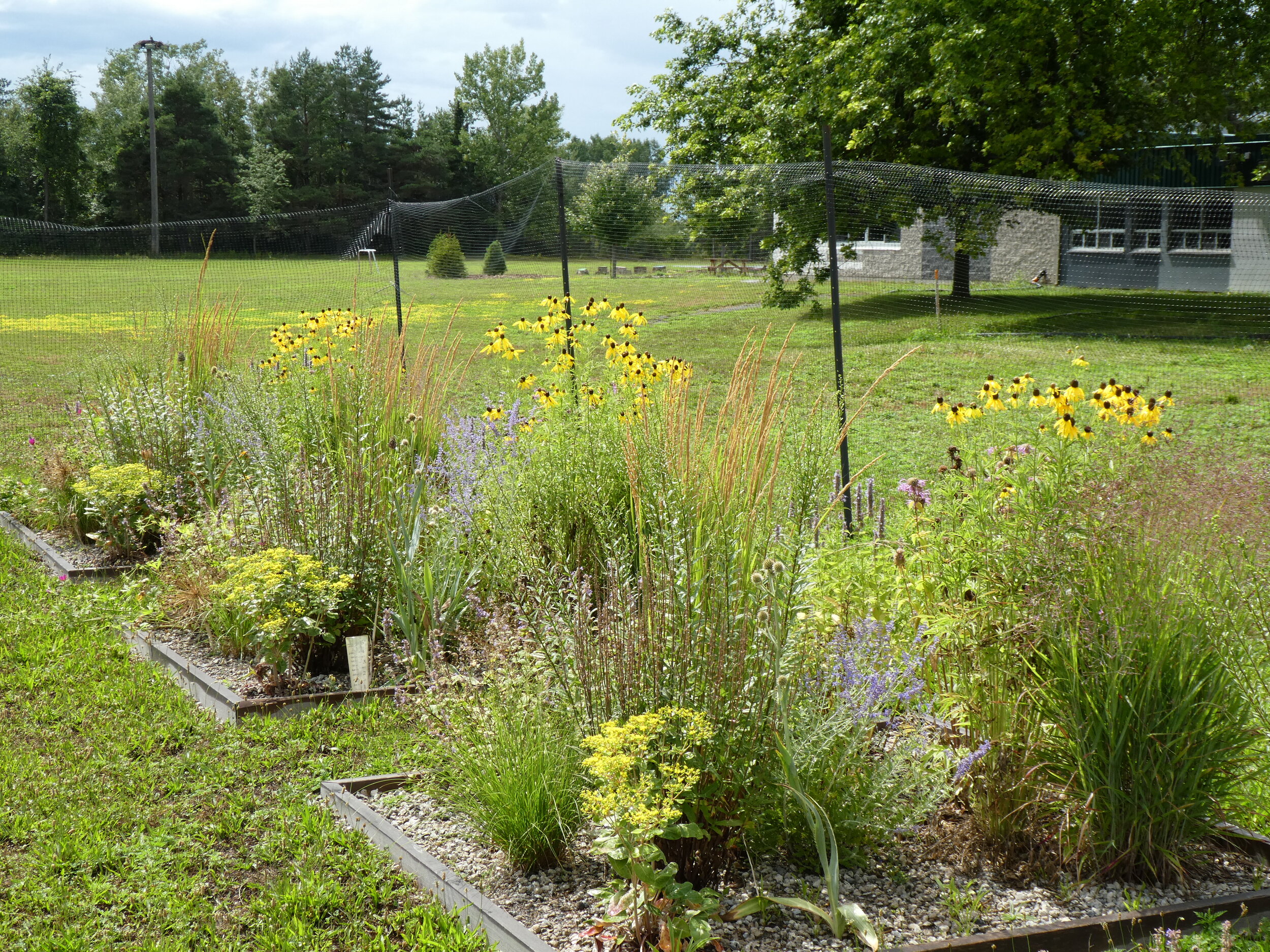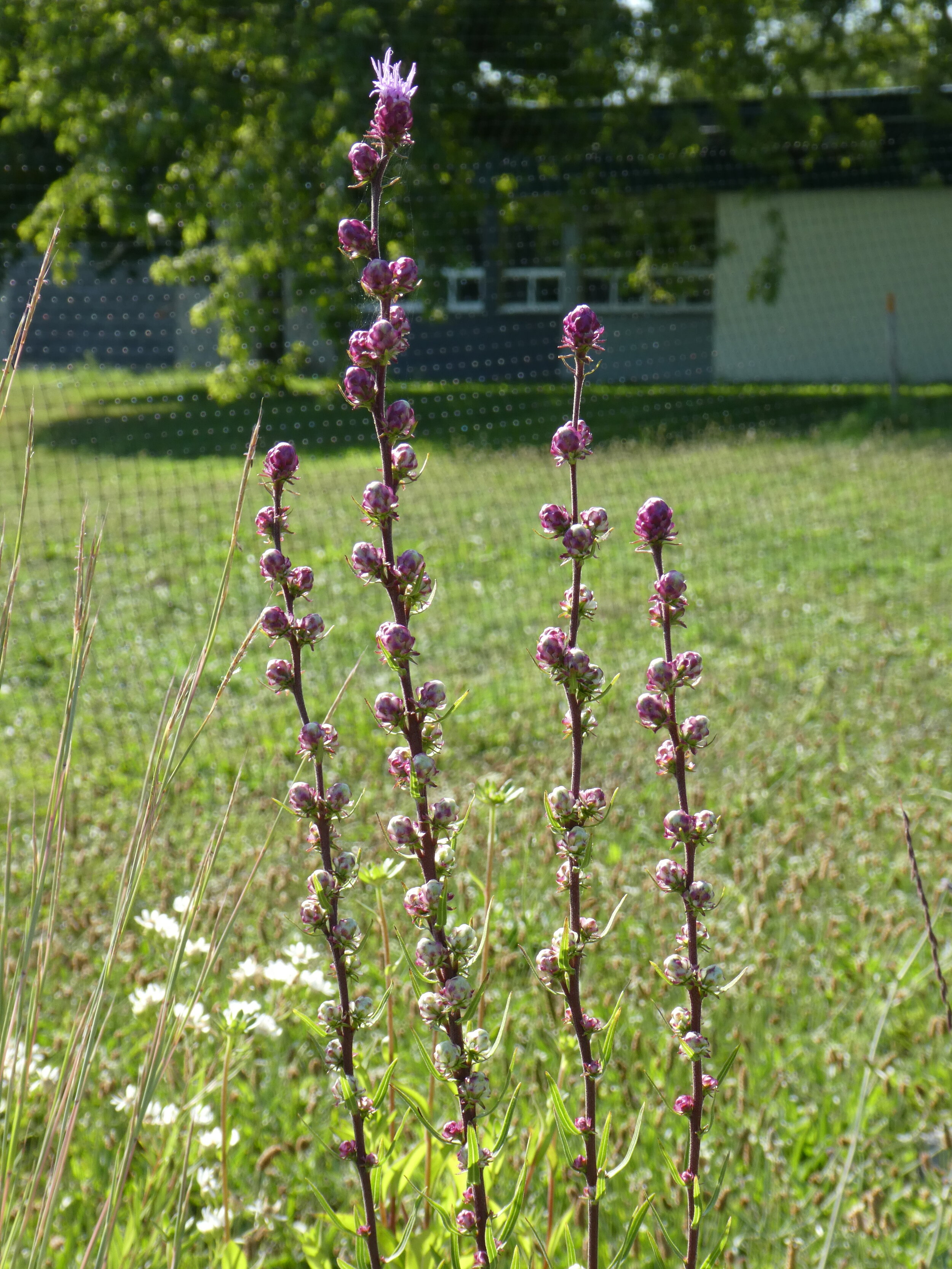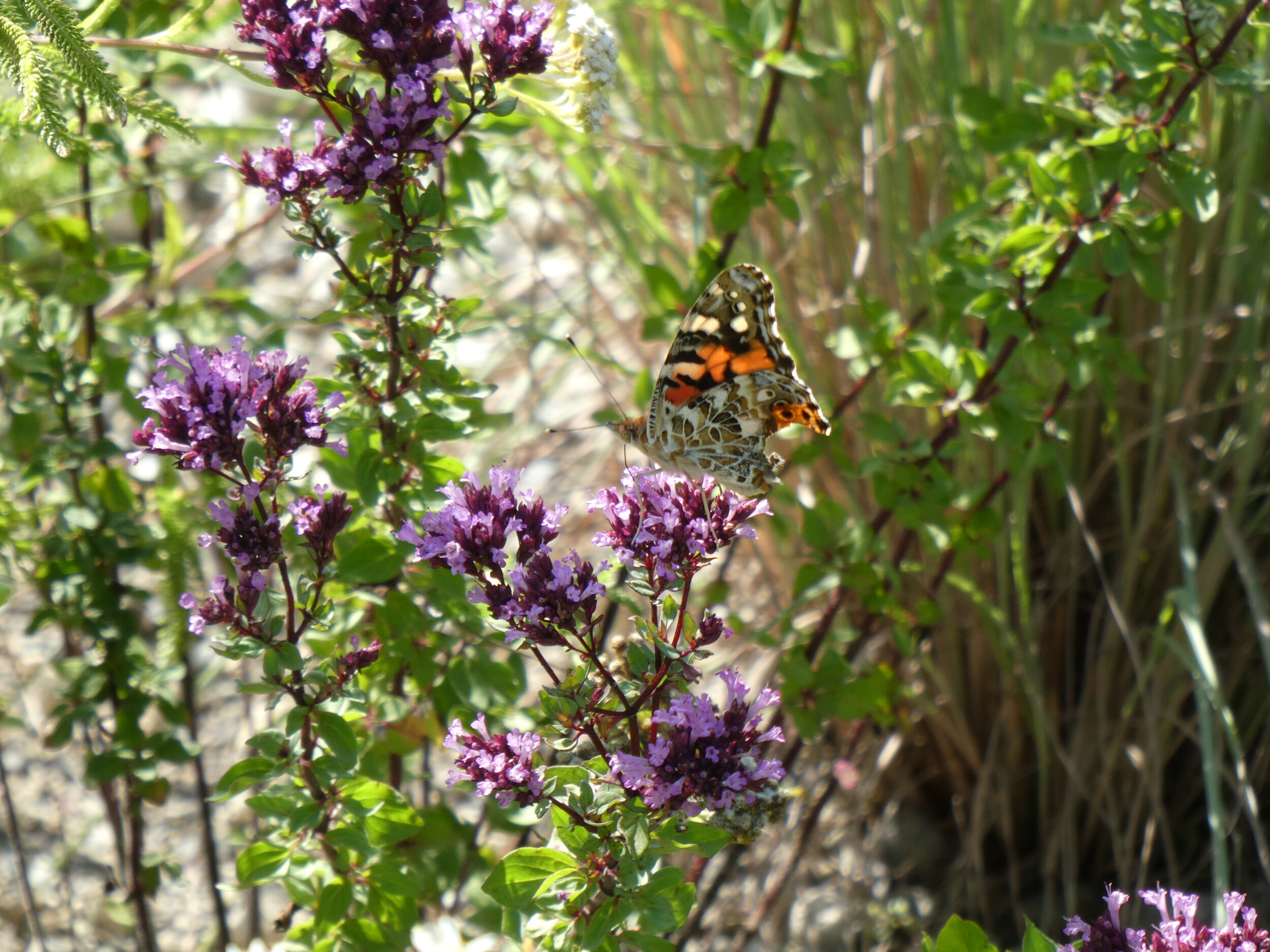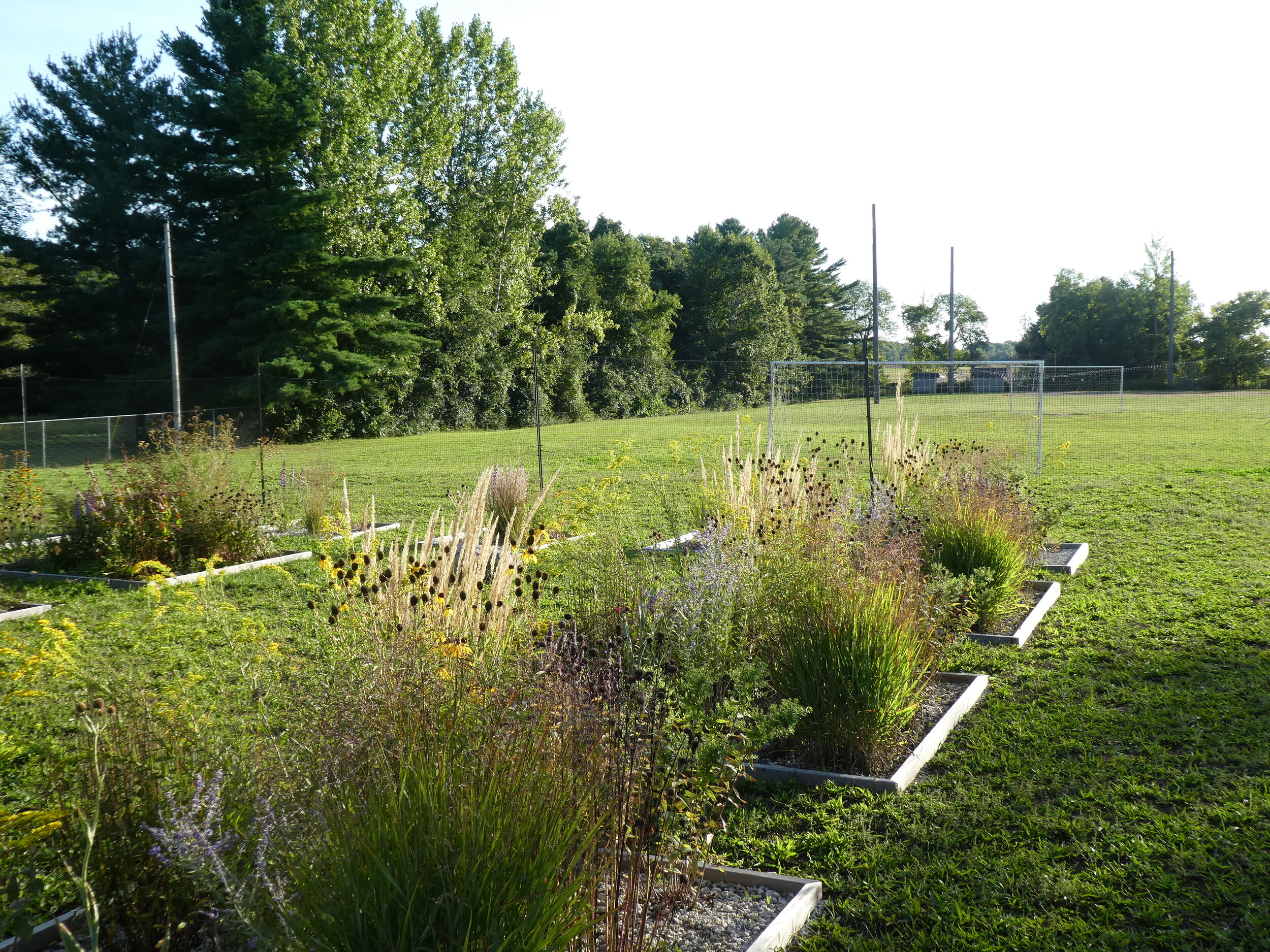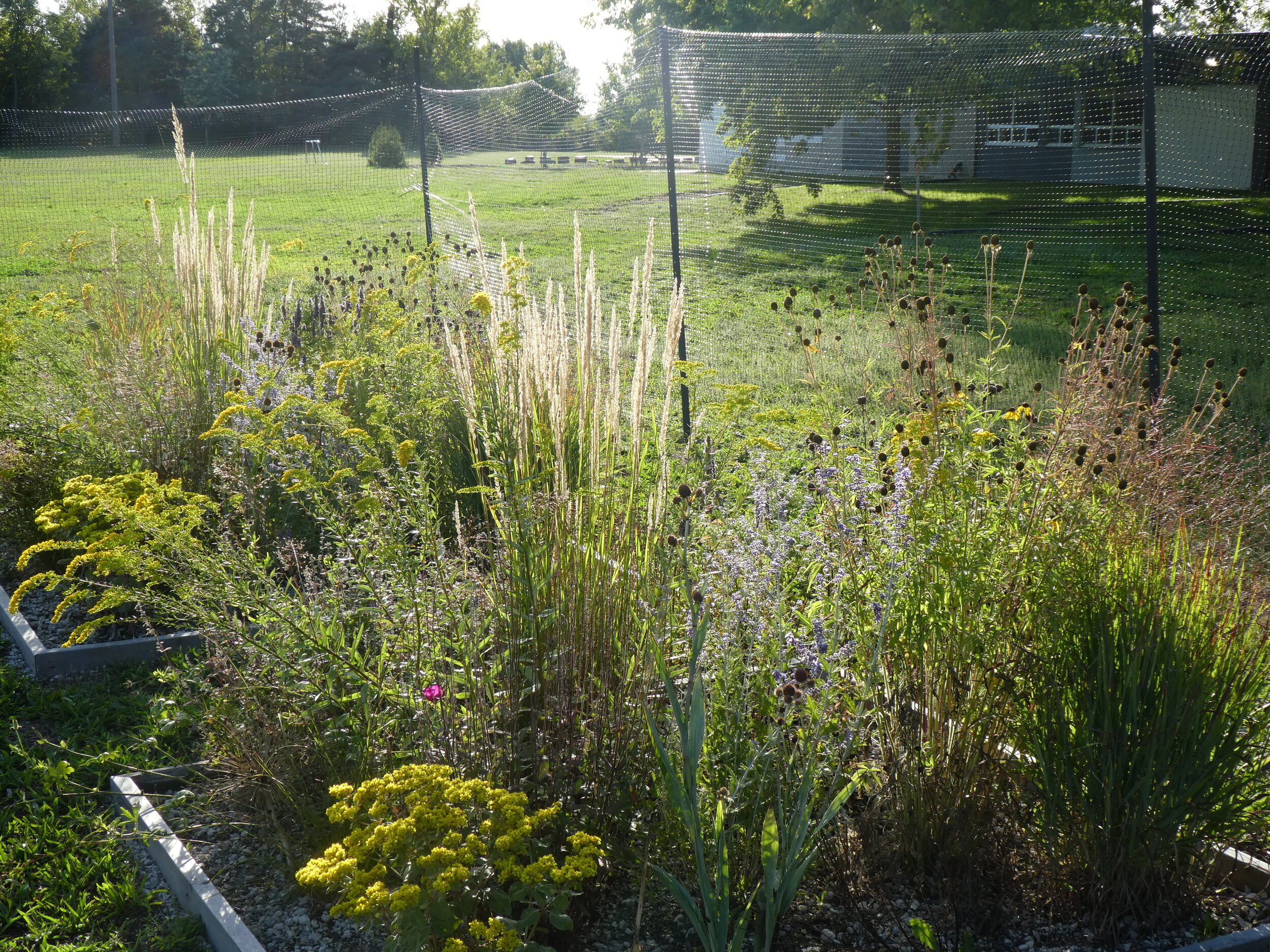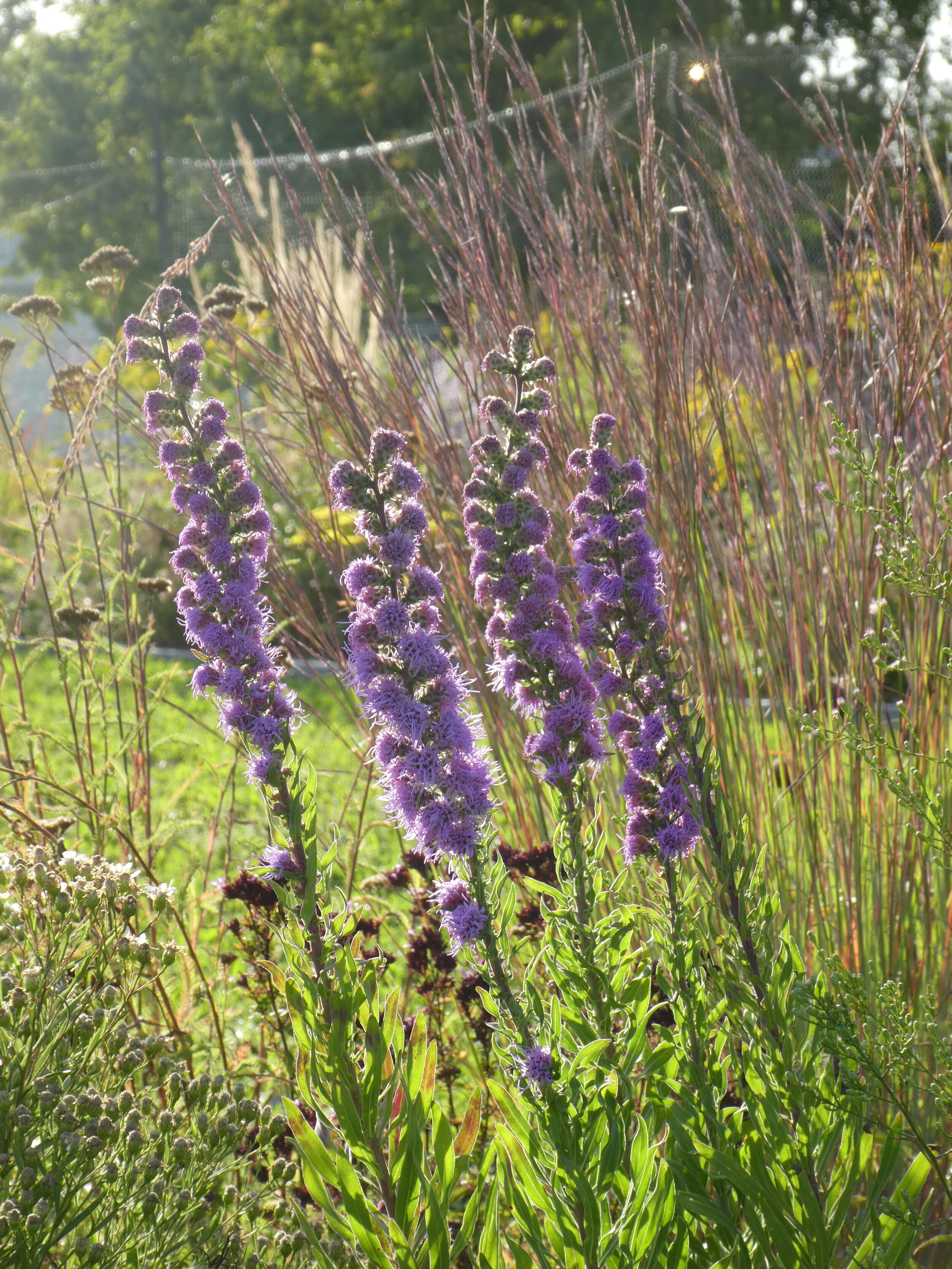Growing Grit
Growing Grit
Watch Ben’s webinar with Garden Masterclass, all about the Growing Grit trial garden.
Read more about the trials in Ground Magazine, published by the Ontario Association of Landscape Architects.
Published January 2020.
In the spring of 2018 I was awarded a $3,000 grant from the Landscape Architecture Canada Foundation to explore different approaches for creating resilient perennial plantings in urban public spaces.
I've been learning about novel European approaches for creating sustainable urban plant communities for years, including a trip to Sweden for a conference on the subject in September 2017. The Growing Grit project allows me to to explore these ideas in depth in a real-world experiment.
Some of the approaches being used in Europe include growing plants in deep mineral mulches ( such as gravel or sand ), or artificial substrates ( like highly engineered green roof soils ) as a way of both reducing soil fertility, which allows for the creation of much more diverse plant communities, and reducing the potential for weed invasion. Taken together these qualities could enable the creation of designed plantings that are very simple to manage over the long term by maintenance crews who may not have advanced horticultural training.
In May 2018 I established a trial garden at an elementary school in Prince Edward County to explore how a range of different plant species ( herbaceous perennials, grasses, and bulbs ) perform in our Ontario climate in a range of different substrates ( gravel, sand, and recycled concrete aggregate mixed in varying quantities with compost ). A second phase of building to further test different plant species and substrates was established in September, funded in part by grant funding from Community Futures Prince Edward Lennox and Addington.
Press release from the Landscape Architecture Canada Foundation here.
View the grant application here.
2018: Planting the garden
Existing turf and soil on site was stripped to varying depths (15cm, 20cm, or 30cm) and timber-framed beds were placed over the existing subsoil and filled. Main plots were filled with a combination of crushed recycled concrete, coarse sand, and compost from a nearby industrial green waste processing facility. Some beds were mulched with a 50/50 mixture of crushed concrete and sand, to investigate whether a layer of compost-free top layer better inhibited the germination of weed seeds. Small beds allowed for experimentation with planting into thinner (approximately 15cm deep) aggregate mulches, either of pure recycled concrete or the 50/50 mix of crushed concrete and coarse sand.
The plots were irrigated regularly, a total of 9 visits, during the first growing season. Most of these visits occurred within the first month post-planting and despite a hot, dry late summer only one additional watering was required after July 6. Starting in 2019 plots will be forced to survive on rainfall alone and this will determine which species are ultimately fit to the conditions.
Some weeding was also required during the formative first season. As anticipated weeds were most plentiful in plots where compost was present at the surface. Smaller beds mulched with pure aggregate mixtures proved the most weed-resistant and plots mulched with 15cm of crushed concrete remained completely weed free. While this is a promising development, plants in these plots were much smaller than others, with some species showing barely any signs of growth over the year. In total the trial garden was weeded three times over the course of the 2018 season, once in early July, once in late July and once in early October. The total weeding time required for the 350 square feet of garden was approximately 45 minutes and much of this time was spent on hands and knees looking closely for weeds since most were barely visible.
In September, with grant funding from Community Futures Prince Edward Lennox and Addington, a second round of building took place to test a further range of species and substrate combinations and, most importantly, how plants perform after fall planting. Substrates included a mineral component (3/8” crushed limestone, 3/8” granite pea gravel, high-performance bedding limestone screenings or a combination thereof) combined with small amounts of compost. In some plots the substrate was top-dressed with a thin layer of pure aggregate (either 3/8” crushed limestone or 3/8” granite pea gravel) to test whether a “crust” of gravel further inhibits the germination of in-blown weed seeds. Thanks to plentiful autumn rains, the fall planted plots were only irrigated twice after planting.
While it can’t be claimed that these substrates remain entirely weed-free they did require very low levels of irrigation and weeding intervention when the planting was at its most open and vulnerable. The next step is to evaluate plant performance without irrigation and then to put the most successful species together in mixtures to investigate how different designed plant communities, in conjunction with these aggregate substrates can combine to exert the maximum possible competitive pressure on would-be invaders. The research is new and just beginning, but the potential is enormous.

